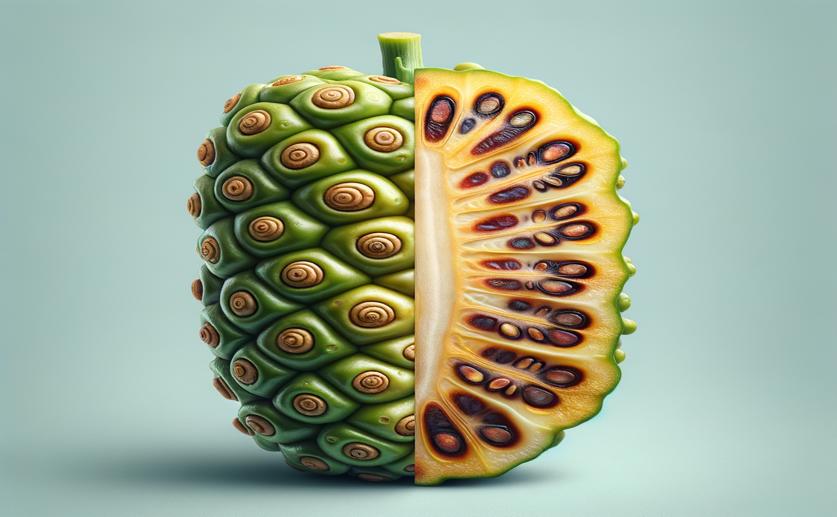
How Drying Methods Affect the Nutrient Profiles of Noni Fruit
Greg Howard
20th August, 2024

Image Source: Natural Science News, 2024
Key Findings
- Researchers at Hainan University, China, studied how different drying methods affect noni fruit's quality and health benefits
- Vacuum freeze drying (VFD) was found to best preserve noni fruit's bioactive components and antioxidants
- VFD also maintained the fruit's structure and enzyme inhibitory rates better than other drying methods
References
Main Study
1) Insight into the changes in active metabolite profiles of noni (Morinda citrifolia L.) fruit subjected to different drying treatments.
Published 19th August, 2024
https://doi.org/10.1016/j.foodres.2024.114858
Related Studies
2) Properties and Applications of Morinda citrifolia (Noni): A Review.
3) Bioactives and health benefits of nuts and dried fruits.
4) Insight into the effects of different ripeness levels on the quality and flavor chemistry of Noni fruit (Morinda citrifolia L.).
5) Recent developments in high efficient freeze-drying of fruits and vegetables assisted by microwave: A review.



 2nd July, 2024 | Jim Crocker
2nd July, 2024 | Jim Crocker